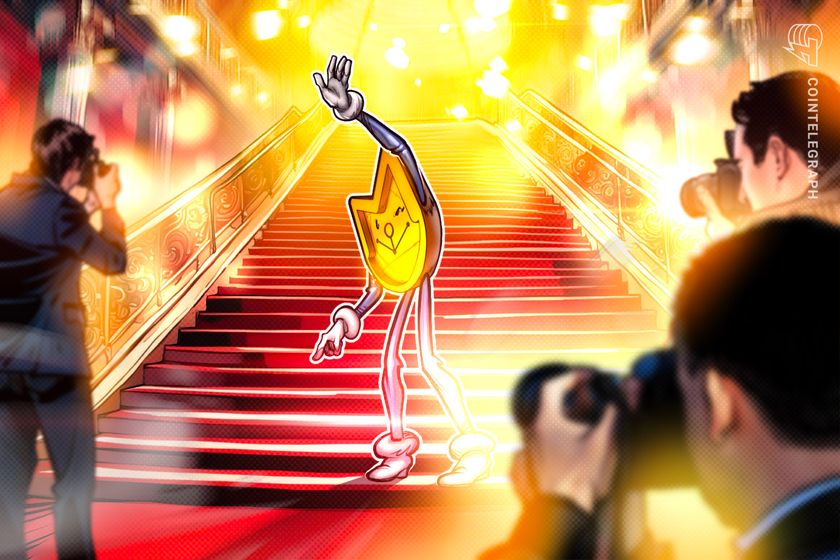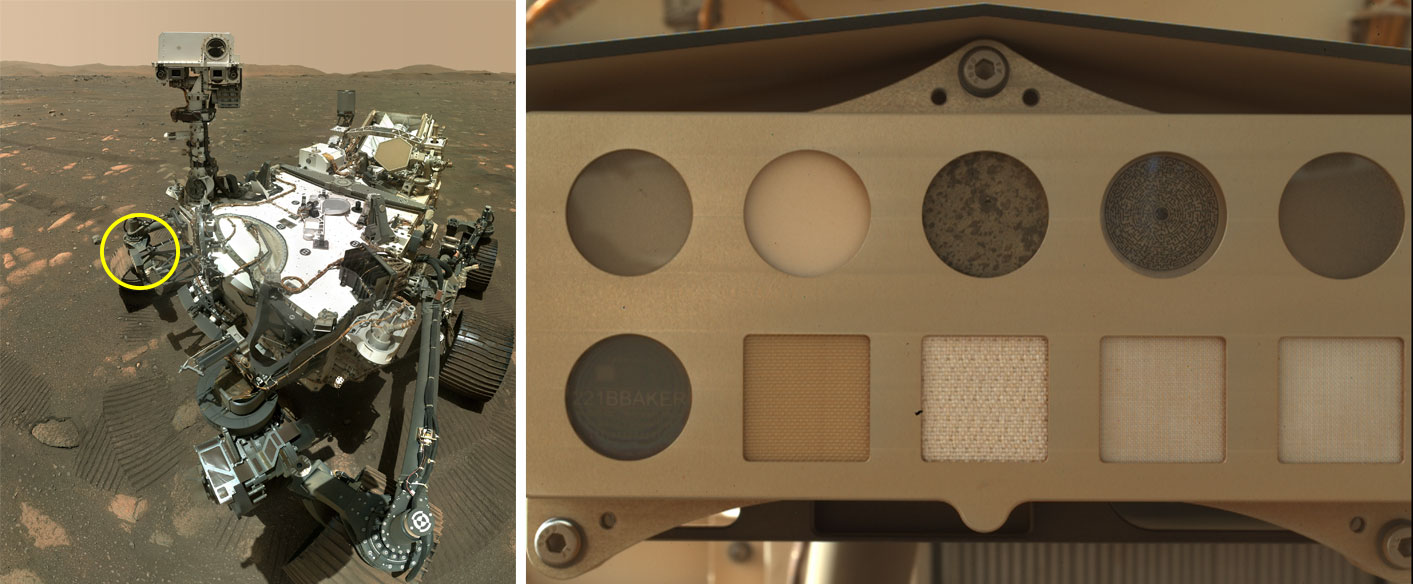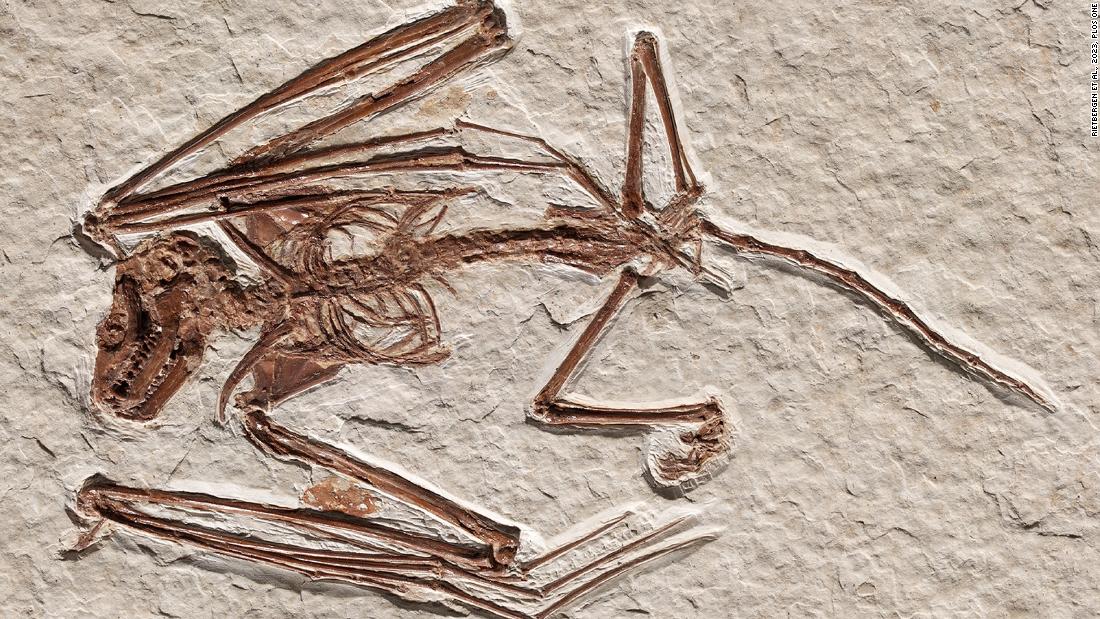How Skeleton Crew Introduces Suburbs to Star Wars
Skeleton Crew introduces something we never expected to see in the Star Wars universe - suburbs. IGN spoke with creators Jon Watts and Chris Ford to learn more about the challenges of creating a suburban Star Wars environment.

Warning: this article contains spoilers for the first two episodes of Star Wars: Skeleton Crew! You can check out IGN's review of the first two episodes.
We may be nearing the end of 2024, but Disney has one final new Star Wars series to close out the year. Though Skeleton Crew takes place in the same general time period as shows like The Mandalorian and Ahsoka, it tells a very different kind of Star Wars story. This isn’t a show about a wandering gunfighter or a veteran Jedi fighting for the fate of the galaxy. It’s about a group of ordinary kids from the suburbs lost and in over their heads.
Since when does the Star Wars universe even have suburbs? What is it like living in one? And how does Skeleton Crew go about trying to flesh out this more down-to-earth corner of the galaxy? To learn more, IGN spoke with series creators Jon Watts and Chris Ford. Read on to learn how the series makes the ordinary feel extraordinary.
What Does a Star Wars Suburb Look Like?
Historically, the Star Wars franchise has only ever shown us how certain types of citizens live and work in a galaxy far, far away. Our heroes tend to fall into one of a few specific molds. Some are farmers or slaves eking out a living on far-flung worlds like Tatooine. Some are smugglers or bounty hunters who travel wherever the next job takes them. And some are residents in fantastical space metropolises like Coruscant.
Andor was the first Star Wars project to really create the sense that there’s another, more ordinary form of existence in the Star Wars universe. Skeleton Crew takes that idea and runs with it. The world of Atatten is wholly unlike anything we’ve seen before. It’s a peaceful world where citizens dwell in suburbs and drive to work every day. It’s a place where our heroes ride the bus, attend school, and dream of adventures in the stars.
“We wanted the story to start with a group of kids coming from somewhere that feels a little bit calmer, a little bit more safe,” Watts tells IGN. “And we thought there has to be a middle class somewhere in the galaxy. It's a big galaxy. And Andor had already sort of explored some of these other parts of the galaxy that you never really see before. So we thought it made sense to show kids that live in a neighborhood.”
Naturally, it’s no easy task to design a suburb that feels both immediately familiar and evokes the architecture and general feel of the Star Wars universe. Watts admits, “It's hard to make things seem boring sometimes in Star Wars because it's automatically fun and cool and exciting because it's Star Wars.”
Watts continues, “For us, it was coming at it from a story perspective, how do we create a world that feels like something you would want to get away from to go on an adventure, that isn't just the recognizable things from Star Wars that you've already seen before being out in a desert and things like that.”
“And we had, obviously, this amazing team behind it. So when we were starting to design, how does a suburb look? What do the houses look like?” Ford adds. “These houses that were both mundane, but seemed so cool, I wanted to live in one.
Watts notes that Lucasfilm’s Senior Vice President and Executive Design Director Doug Chiang was especially instrumental in nailing the look and feel of a Star Wars suburb.
“Yeah, Lucasfilm, you talked to Doug Chiang,” Watts says. “How do you take this idea that we have and this sort of story that we need to tell and how do you visualize that? And then they come back with these brilliant concepts.”
As much as the goal with Atatten is to establish a more suburban and ordinary corner of the Star Wars universe, it’s also clear from the first two episodes that there’s more than meets the eye to Atatten. Take, for example, the planet’s extreme isolationism, to the point where even the night sky is drowned out by the glow of a planetary shield. And what about the fact that no one our wayward heroes meet in Episode 2 seems to know where Atatten is located or even believes it’s a real place?
“There's definitely more to Atatten than meets the eye,” Watts teases. “That's one of the big mysteries of the show that's sort of fun to tease out over all the eight episodes.”
The Amblin Effect
Much has been made about how Skeleton Crew homages classic Amblin Entertainment movies from the ‘80s. In some ways, the show is basically the Star Wars version of The Goonies, with a group of ordinary kids from the suburbs embarking on a larger-than-life adventure together. But as Watts explains, the goal with the series is less about referencing specific Amblin movies than it is drawing on that general tone and thirst for adventure.
“We never sat down and specifically said, ‘Oh, we want to reference these sorts of movies,’" Watts says. “To us, those movies were just how we grew up. Those were the movies that we saw as a kid, and they're just sort of ingrained in you. They're like a part of your DNA.”
Watts continues, “So to me, it was less about specifically referencing Amblin, and it was more about the feeling that I had when I was 10 growing up not in the suburbs, on kind of a farm in the middle of nowhere in Colorado, and just you'd be 10 and you and your friend would just go walk in a field in a straight line hoping that you're going to sort of stumble across some kind of adventure. You're hoping you're going to get abducted by aliens or find a buried pirate ship or something like that. And it never would happen. The sun would just start to go down and you'd have to turn around and go home. But it's more trying to get to that feeling and that search for an adventure that sort of, I think is kind of universal among kids. And that those Amblin movies really were able to dramatize so effectively.”
Alongside filtering a traditional suburb through a Star Wars lens, the series’ biggest challenge is probably balancing the fact that it’s focused on a group of preteen heroes with the need to create a conflict with real stakes and drama. How hard is it to craft a story where a group of lost children go up against hardened space pirates? Here, as much as anywhere else, is where the series really leans on its Amblin roots.
“One of the things that they say about Amblin films is that they never thought of them as kids' movies,” Watts says. “They always thought of them as grown-up movies that just happened to star kids. And so that was always a tonal balance that we had to keep in mind. We never wanted to feel like it was a kids' show. We wanted the danger to be real. We wanted to make sure people feel afraid that bad things could happen to these kids so that it doesn't feel too juvenile. And yeah, that was a tonal thing that we were considering the whole time.”
“The pirates are dangerous, but they're not, say, an organized military like the Empire,” Ford says. “So we try to show that from the very get-go from the opening scene that they are a menace, but they're a little more chaotic. So maybe a kid has a chance to slip through their fingers.
Skeleton Crew is a very traditional Star Wars project in at least one sense. Ravi Cabot-Conyers’ Wim is a hero cut from the same cloth as Mark Hamill’s Luke Skywalker. He’s a boy chafing at his ordinary surroundings and yearning for adventure in the stars. But as much as Wym falls into that heroic archetype, the series is also about showing the dark side of that particular dream.
“The thing is that it's kind of Wim's fault that they're out there the way they are,” Ford notes. “He just had that extra piece of being a dreamer. Maybe there's a dark side to that of being a little bit too irresponsible. And I think we kind of got a kick out of the idea of taking that kind of beloved dreamer character. And we're going to kind of put Wim through the ringer and say, ‘Maybe you do need to grow up a little bit.’”
Skeleton Crew’s Time Period
It may not share many apparent connections to shows like The Mandalorian and Ahsoka, but Skeleton Crew is set in the same general time period. This is an era where the remnants of the Empire have retreated to the far fringes of the galaxy, leaving the New Republic free to begin expanding and restoring law and order to the galaxy. Though as the show’s opening crawl makes clear, there are still many places where the New Republic’s limited reach can’t touch. That’s allowed piracy to flourish, as our young heroes are quickly discovering.
Why set Skeleton Crew in this period specifically? How different would the series have been if it took place during the height of the Empire or the Clone Wars? As Ford explains, it was mainly about choosing a point in the Star Wars timeline when Wim and friends would be least likely to find help from the authorities.
“When we started with the concept of the kids getting lost in the galaxy and being kind of on their own, [we found] that if we set it in a different time period, it just wasn't quite as optimized for that problem,” Ford says. “If you're 50 or something years in the past or the future, who knows? Maybe they would get helped by someone. So that we felt like in this post-Empire New Republic is building up, but not super-powerful yet time, it was a bit more lawless. It was a bit more room for the piracy to flourish.”
Watts adds, “And it was basically kind of the worst possible time if you're 10 years old to get lost in the galaxy because there's not necessarily a lot of people out there that you're going to be able to save you.”
Of course, it didn’t hurt that The Mandalorian creators Jon Favreau and Dave Filoni have been so busy fleshing out this particular Star Wars era. Skeleton Crew may not be a direct spinoff of The Mandalorian, but it does build on the notion that piracy is a real concern in this period.
Ford says, “And as we were getting up and running and working so closely with John Favreau and Dave Filoni, that time period, they had already figured so much out about, and it was like this working group of how it was all going to function.”
Watts adds, “Yeah, they had started exploring the pirate side of the galaxy in live action and we just were able to take that and run with it.”
The first two episodes of Skeleton Crew are streaming on Disney+ now.
For more on the future of the Star Wars franchise, brush up on every Star Wars movie and series in development and learn why Disney needs to stop announcing new movies and just make one.
Jesse is a mild-mannered staff writer for IGN. Allow him to lend a machete to your intellectual thicket by following @jschedeen on BlueSky.
What's Your Reaction?























































































































.gif)